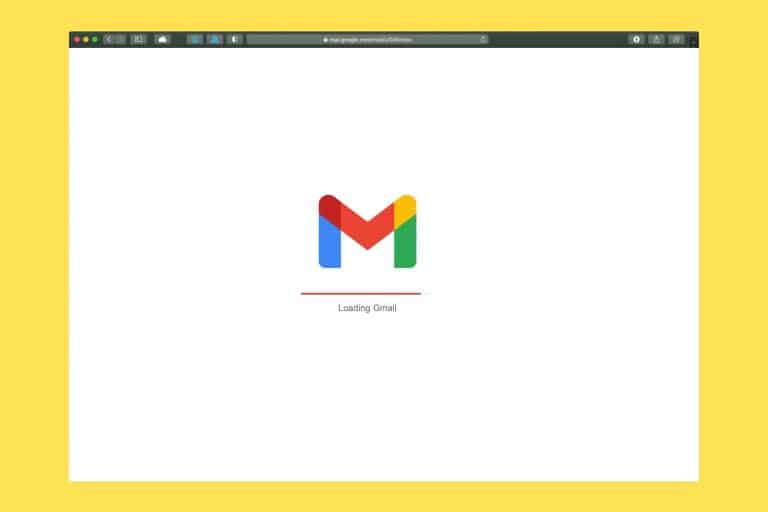How to Use Semicolons and Colons: The Complete Guide for Engaging Writing
English grammar can be complicated, but having a good grasp of grammar rules can take your writing skills from good to great. Varying your punctuation and sentence structure is a good way to keep your reader interested and ensure your information is coming across in the clearest way possible.
One of the major confusions about punctuation has to do with semicolons and colons. What’s the difference between the two, and when should you use them? We’re here to explain.
About Semicolons
A semicolon (;) consists of a dot above a comma. This punctuation mark is mainly used to combine two sentences that are closely related to one another.
For example, let’s say you have two sentences about a sporting event. “The football game was exciting.” “The winning team scored with two seconds left on the clock.” Instead of writing these sentences on their own, which can seem disjointed, a semicolon can help combine them.
“The football game was exciting; the winning team scored with two seconds left on the clock.”
By using a semicolon, you’re communicating that the two sentences are related but are opting not to use a combining word like “and” or “because.” You might use a semicolon if you’re not sure which linking word would be best to pair your two sentences. Note, though, that the first word of the second phrase isn’t capitalized like an individual sentence would be.
The next way to use a semicolon involves combining sentences while also using an adverb such as “however” or “thus.” Here’s an example:
“Taylor Swift is one of the world’s most successful musicians; therefore, her concert tickets sold out in seconds.”
In this example, the word “therefore” is crucial to explaining how the two sentences go together. It would be acceptable to use a period in place of the semicolon, forming two separate sentences. But using a semicolon helps vary your sentence structure and makes your writing more visually appealing and interesting for the reader.
Finally, semicolons can be used to separate items in a list when commas are already involved. Here’s an example:
“Our summer road trip took us to Orlando, Florida; Atlanta, Georgia; Nashville, Tennessee; and St. Louis, Missouri.”
By connecting these items with a semicolon, you make the text less confusing for the reader. Too many commas can become difficult to read since it’s virtually impossible to separate the individual components of the list.

Image Source: Curvebreakers Test Prep
About Colons
A colon (:), on the other hand, consists of two dots, instead of a dot and a comma. Colons are used to introduce or define something. The primary use of the colon is when introducing a list. Here’s an example:
“You’ll need several things for your first day of school: a notebook, two pens, two highlighters, and an eraser.”
Look at the list that comes after the colon in the example above. This list is not a complete sentence and couldn’t stand on its own, so it has to be connected to the sentence prior. Using a colon is a great way to combine the sentences without using a linking word like “namely” or “including.”
You can also use colons to combine two related sentences, though this practice isn’t common. In this case, a colon would be used in the same manner as a semicolon. Take a look at this earlier example with a colon instead of a semicolon:
“The football game was exciting: the winning team scored with two seconds left on the clock.”
You’re again demonstrating that the sentences are closely related, but you’re choosing not to use a linking word. Semicolons are more common for this practice, but it’s worth mentioning that colons are grammatically acceptable as well. (Note that, just like with a semicolon, the first word of the second phrase is not capitalized.)

Image Source: Curvebreakers Test Prep
We’ve outlined the main uses of colons above, but there are a few more places you may see them that are worth briefly mentioning.
Colons are used in writing more often than we may realize. After all, we use them when we write about time (12:30 or 2:00, for example). You can also use a colon to address an important email, like “Dear Dean Williams: “
Finally, you can use a colon to introduce a quote, like so:
My mother always said: “Treat others the way you want to be treated.”
Independent vs. Dependent Clauses
When you’re deciding between semicolons and colons in your writing, it’s helpful to consider whether you’re working with independent or dependent clauses.
Independent clauses are complete thoughts that could be individual sentences. Semicolons are most often used to link independent clauses. While both thoughts could work on their own, they’re closely linked enough that a semicolon makes sense.
Let’s take two new sentences: “I need a library card.” “I want to check out a new book.” Both of these sentences make sense by themselves, but when combined with a semicolon, they provide context to each other. By adding a semicolon, we get the following sentence:
“I need a library card; I want to check out a new book.”
Dependent clauses, on the other hand, are not complete sentences. A dependent clause could be a list or a portion of a sentence that wouldn’t make sense if it wasn’t linked to something else. If you’re working with a dependent clause, your best bet is to use a colon.
Let’s say you have these phrases: “I enjoy three genres of movies.” “Action, romance, and comedy.” The first phrase makes sense on its own, but the reader is left wanting more context. The second phrase isn’t a complete sentence and doesn’t make any sense unless it’s connected to something else. This is where a colon can come in handy:
“I enjoy three genres of movies: action, romance, and comedy.”
Knowing how to use semicolons and colons appropriately is key to successful and engaging writing.
Advance Your Writing Career with WriterArmy
Learning about semicolons and colons is just one way to improve your writing. If you’re looking for hands-on writing experience with a quickly growing content agency, check out WriterArmy! We’re always on the lookout for passionate writers and offer flexible schedules and adjustable workloads. Contact us today to learn more!








